How Do Thousands of Clear Blue Lagoons End Up In These Brazilian Sand Dunes?
Every year during the rainy season, Brazil’s Lençóis Maranhenses National Park treats visitors to an amazing sight
Stretching on for miles upon miles, the sand dunes in Brazil's Lençóis Maranhenses National Park are so vast and so blindingly white that it's easy to see how the park got its name—Lençóis Maranhenses, in Portuguese, literally means "bedsheets of Maranhão," the northeastern coastal state where the national park is found.
Two rivers run through the Lençóis Maranhenses—these rivers push sand from the interior of the continent to the Atlantic Ocean, depositing thousands of tons of sediment along Brazil's northern coast. This alone isn't a unique phenomenon—sediment flowing through rivers helps form beaches along many coastlines. But in Lençóis Maranhenses, the sand doesn't stay put. During the dry season, especially during the months of October and November, powerful winds from the equatorial Atlantic whip the sand back inland, carrying it as far as 30 miles and creating the vast, sculpted sand dunes for which the park is famous.
At first glance, it looks like a picture-perfect desert—miles and miles of sand with almost no vegetation. But it's not a desert—Lençóis Maranhenses gets about 47 inches of rain each year, making it too rainy to be officially considered a desert (which get less than ten inches a year). From the months of January to June, the area is inundated with torrential rainstorms. Rainwater pools in the valleys between the dunes creating thousands of crystal clear lagoons. In July, when the park's lagoons are at their peak, some reach over 300 feet long and ten feet deep. And although these lagoons exist for only a few months a year, they are not devoid of life. Interconnected lagoons link up with neighboring rivers creating channels for fish to enter the temporary pools. Other fish, like the wolffish, spend the dry season dormant, burrowed far enough under the sand to reach still-damp mud. When the wet season comes and the lagoons appear, the wolffish emerge to feed on insects and other fish that make the lagoons their summer home.
But the water world of Lençóis Maranhenses is an ephemeral one: once the dry season returns, the equatorial sun heats the region quickly, causing water levels to drop by as much as three feet in a single month. The best time to visit the lagoons is between July and September when they are at their most full and temperatures aren't too hot. By October, the region's winds begin to pick up, making a trek through the sandy landscape less enjoyable.
To visit Lençóis Maranhenses, it's best to fly into São Luís, the capital of Maranhão. From there, visitors can book tours or take public transportation to the town of Barreirinhas which is located just outside the national park. From Barreirinhas, visitors are taken to the park via Jeeps, which can handle the bumpy terrain (though even the Jeeps have to be carted across a river via barge before they can reach the actual park). Once inside the park, visitors can explore the dunes and lagoons—but be sure to go with a guide, as the park is vast and visitors wandering alone can easily get lost. The park's website recommends a minimum of two days to explore the biggest lagoons in the park (Azul and Bonita). Visitors can swim in the lagoons if the water level is high enough—water temperatures in some lagoons have been measured as high as 87° F.
/https://tf-cmsv2-smithsonianmag-media.s3.amazonaws.com/accounts/headshot/natasha-geiling-240.jpg)
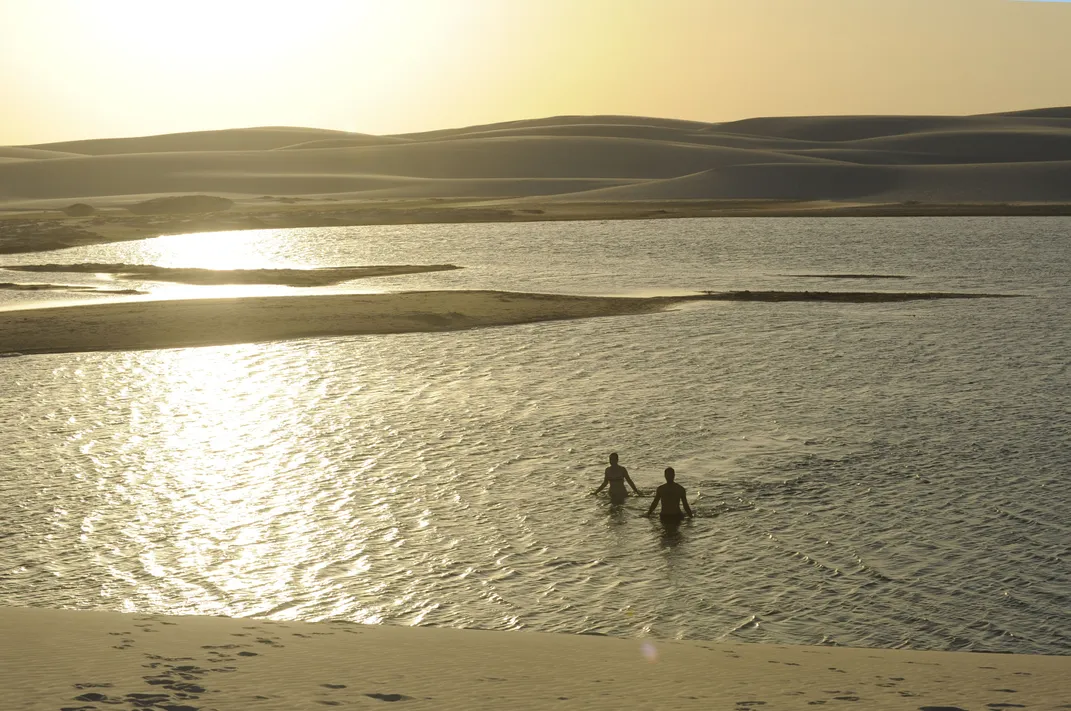
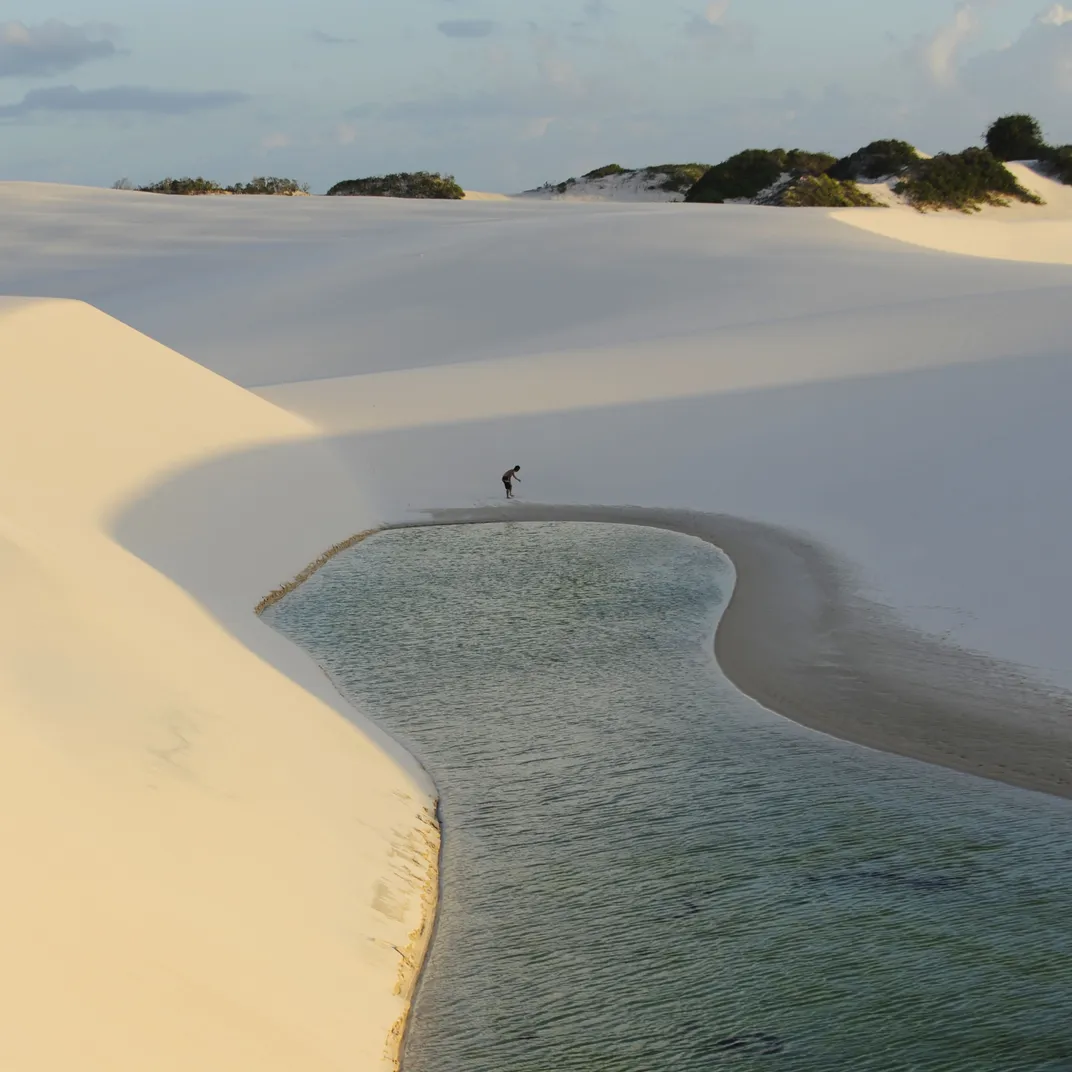
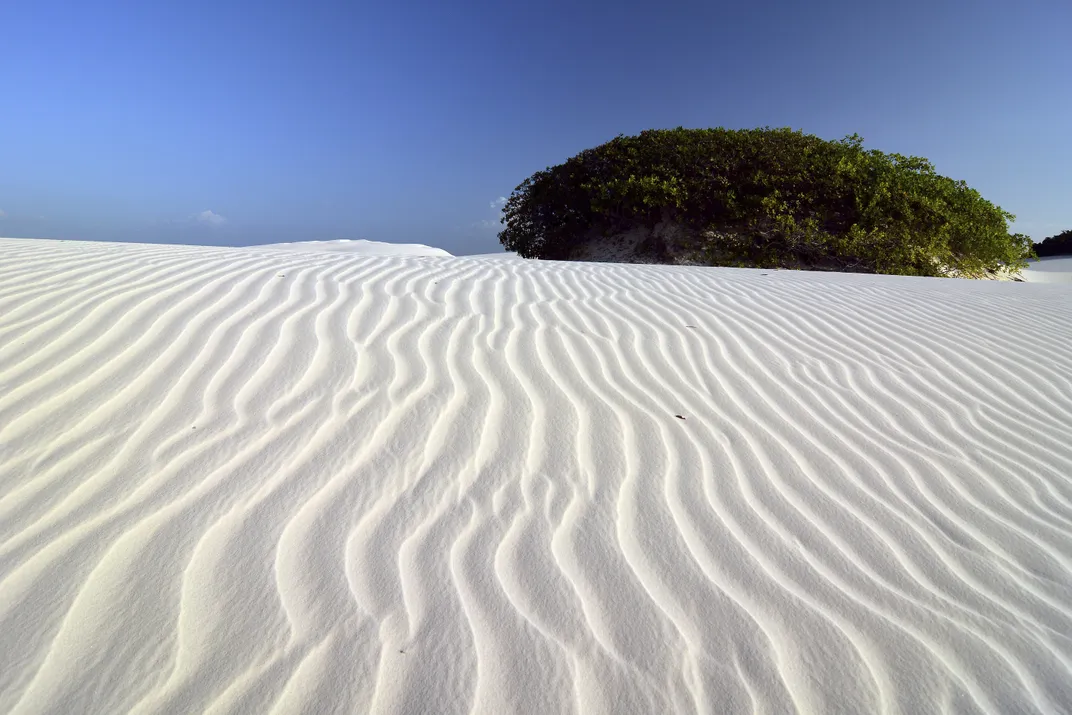
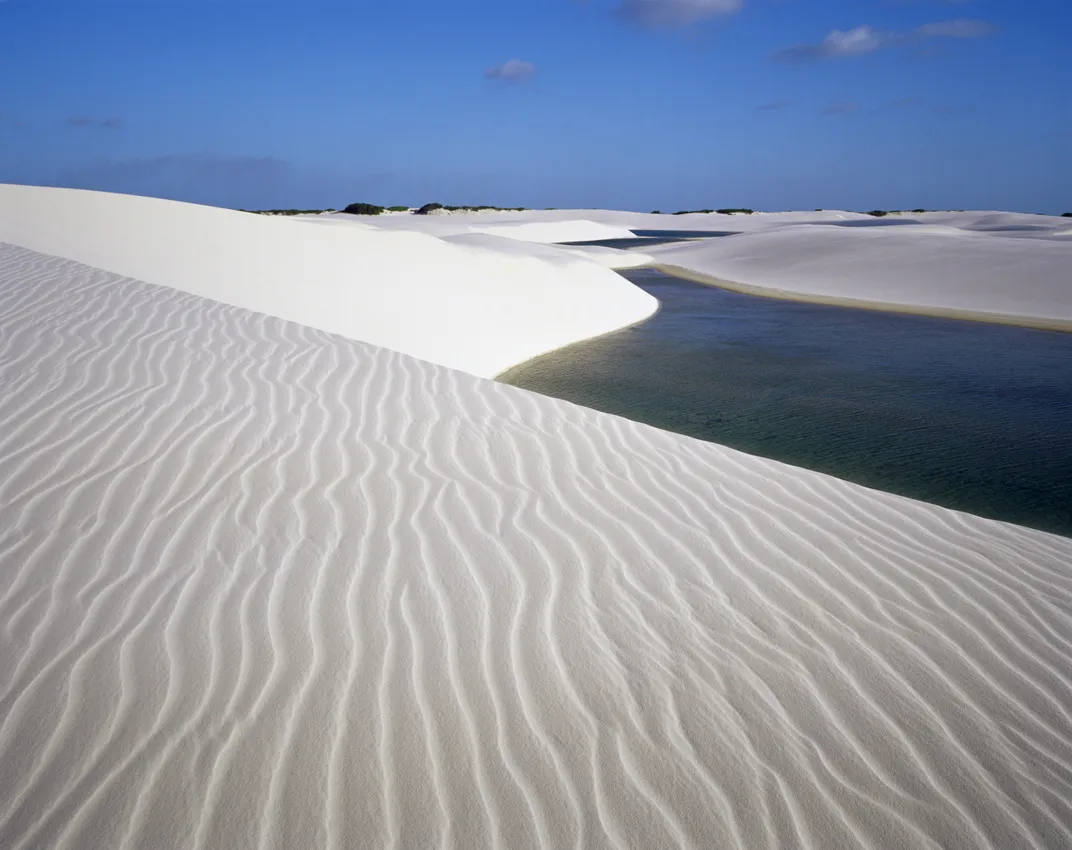

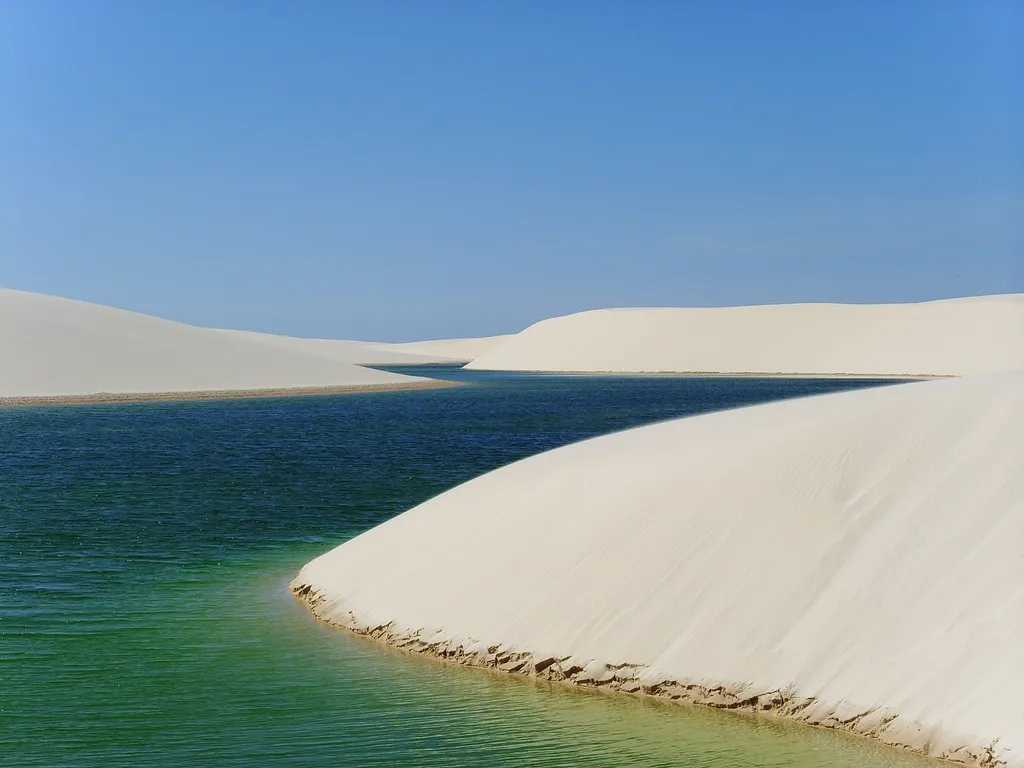
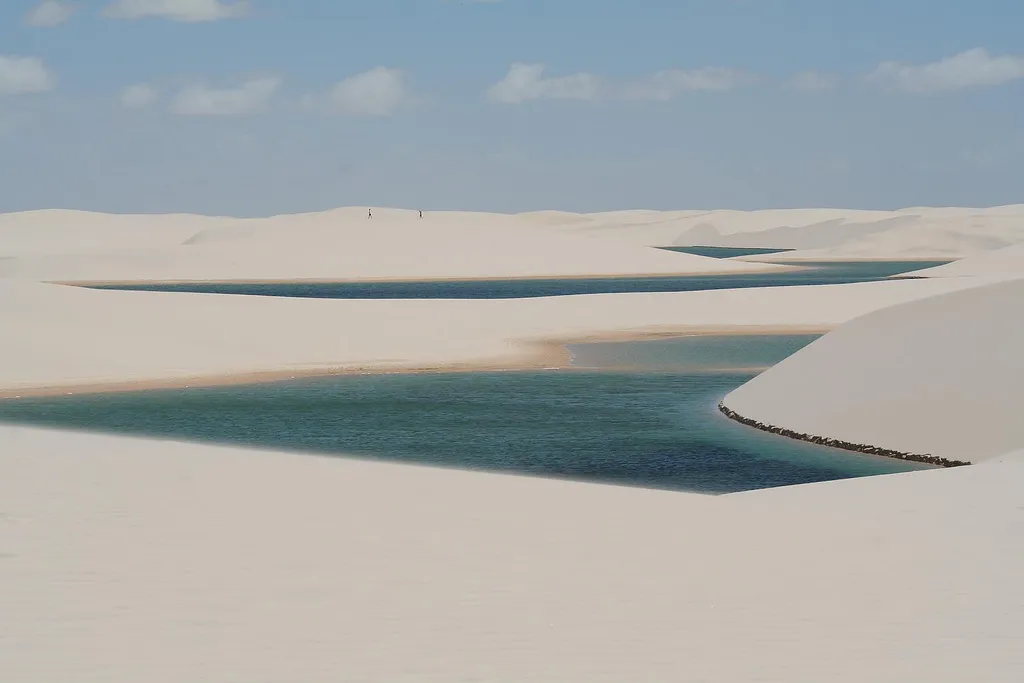
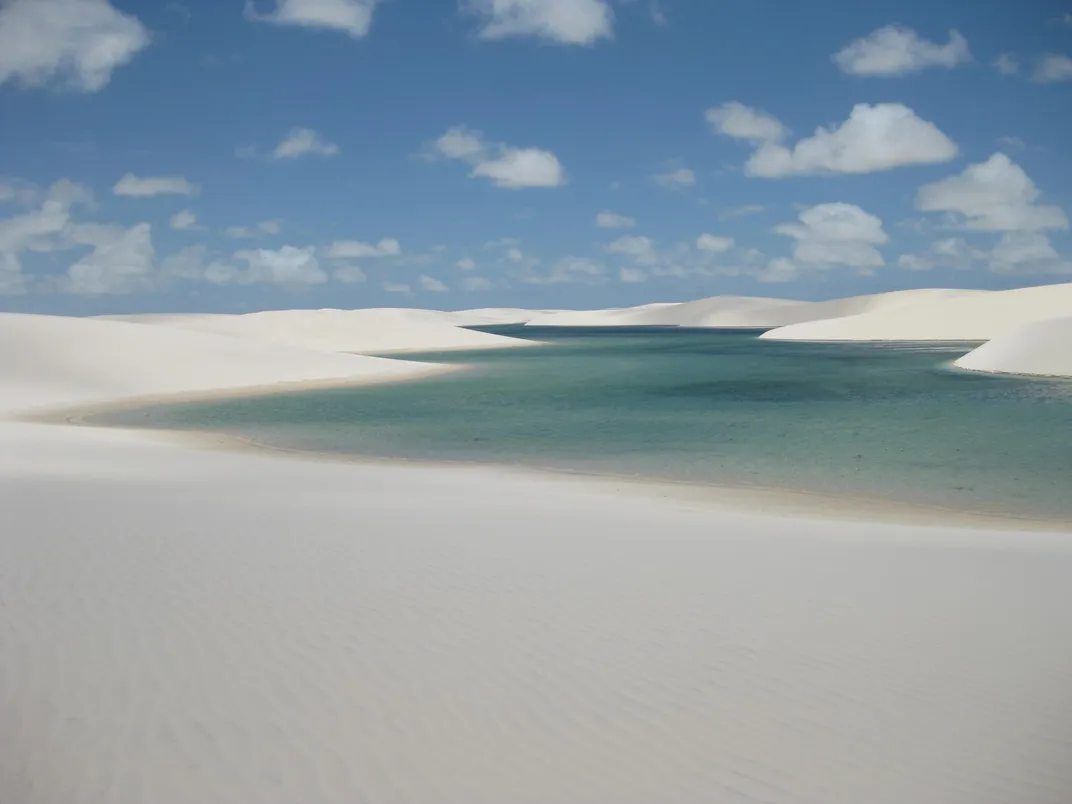
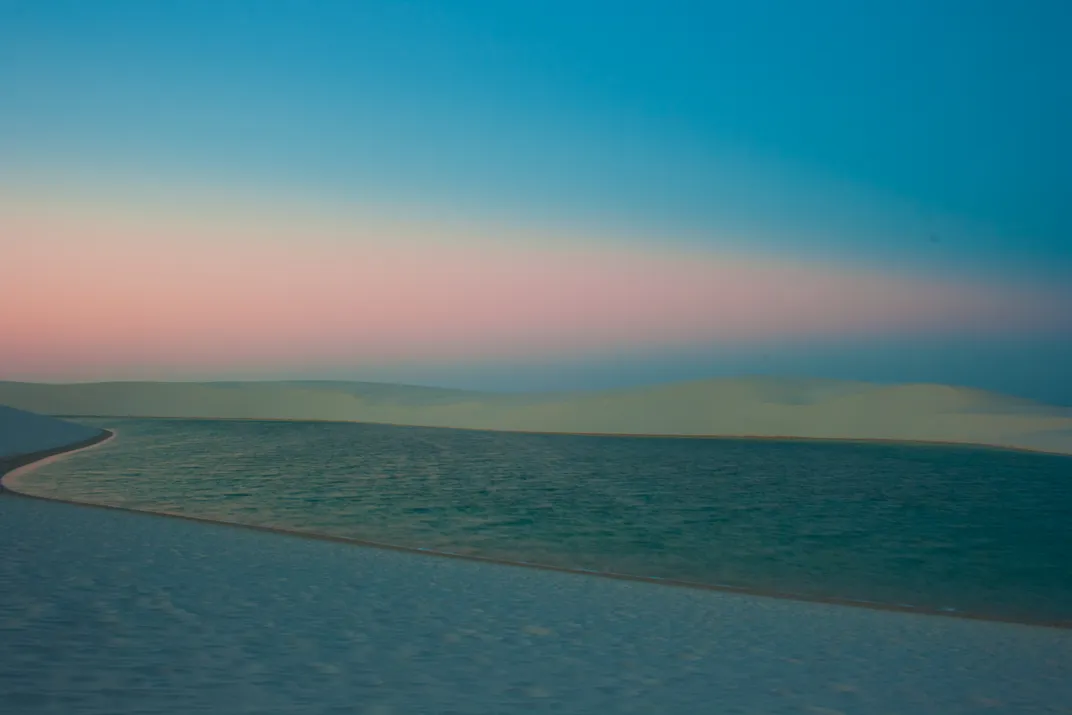
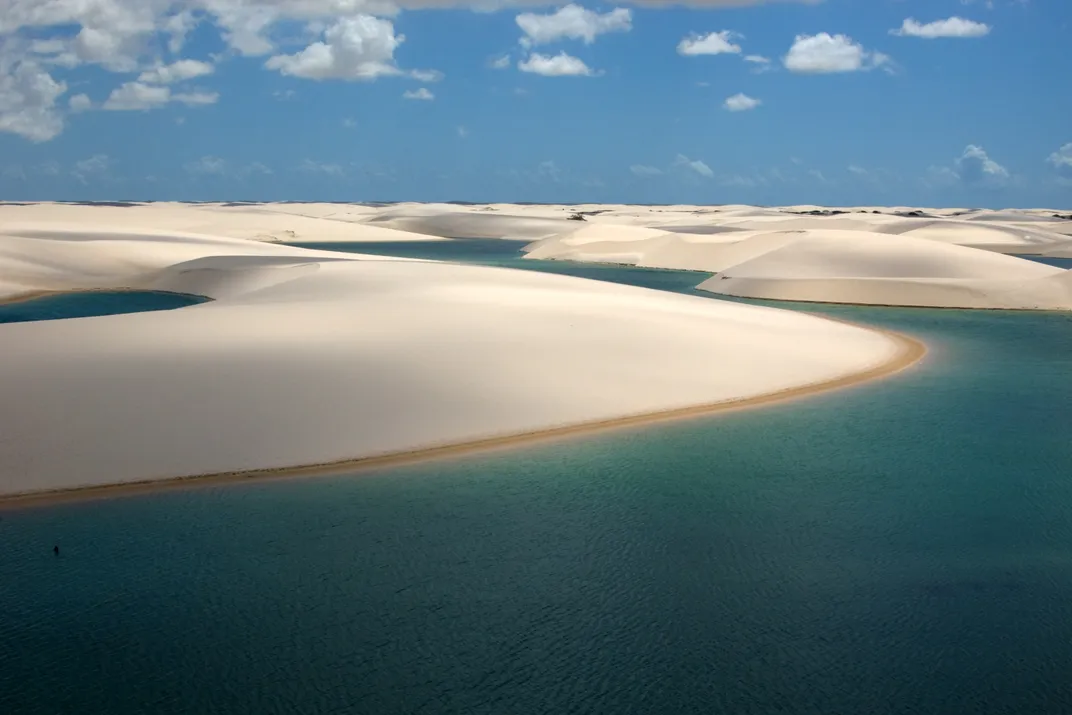
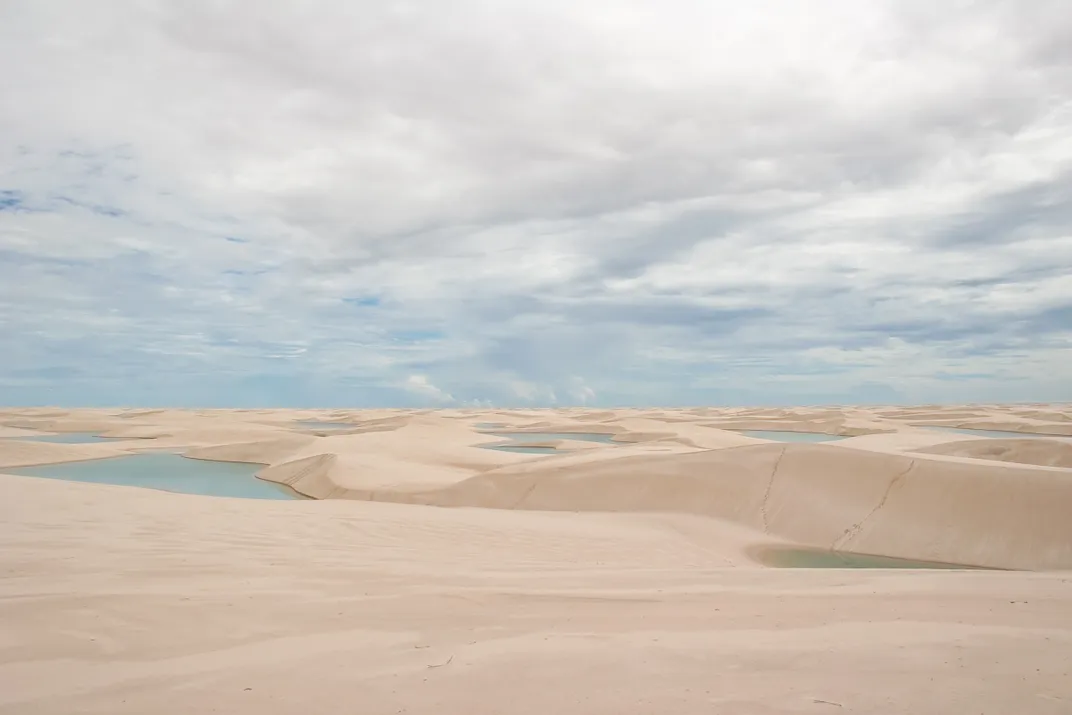
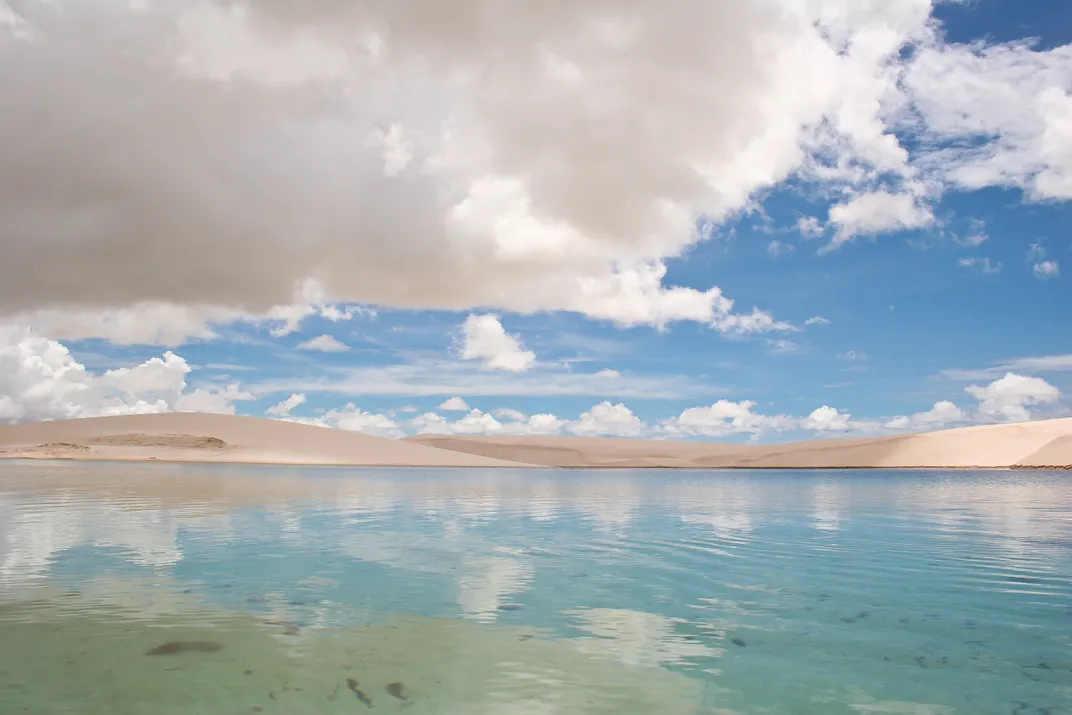
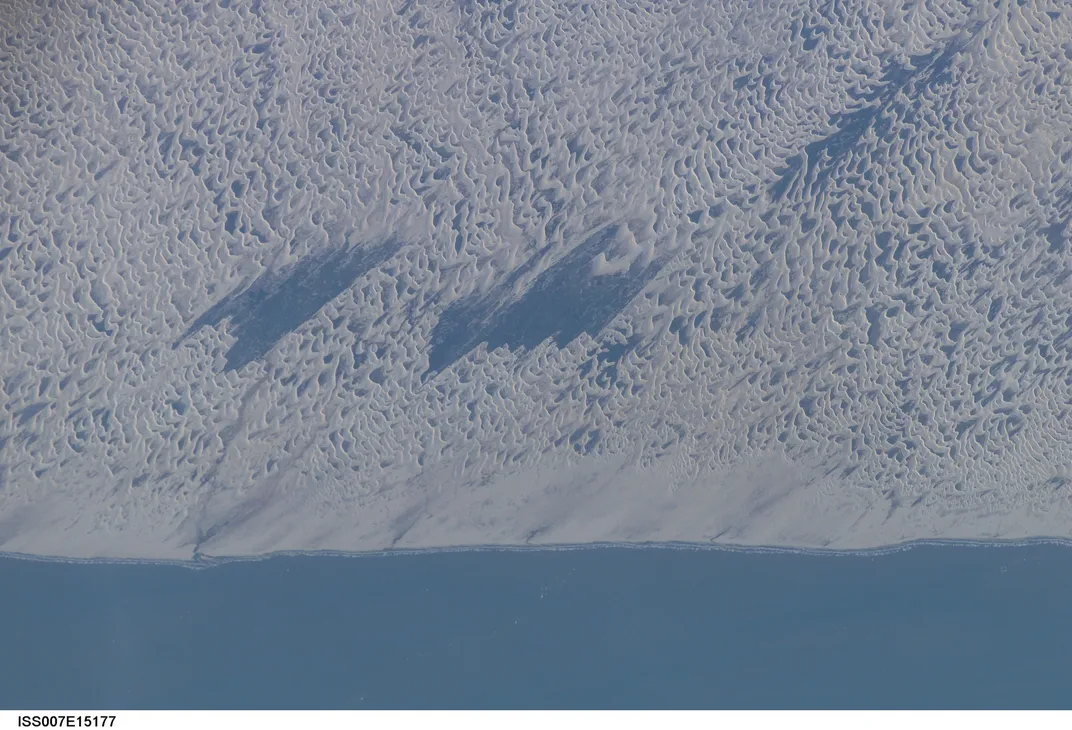
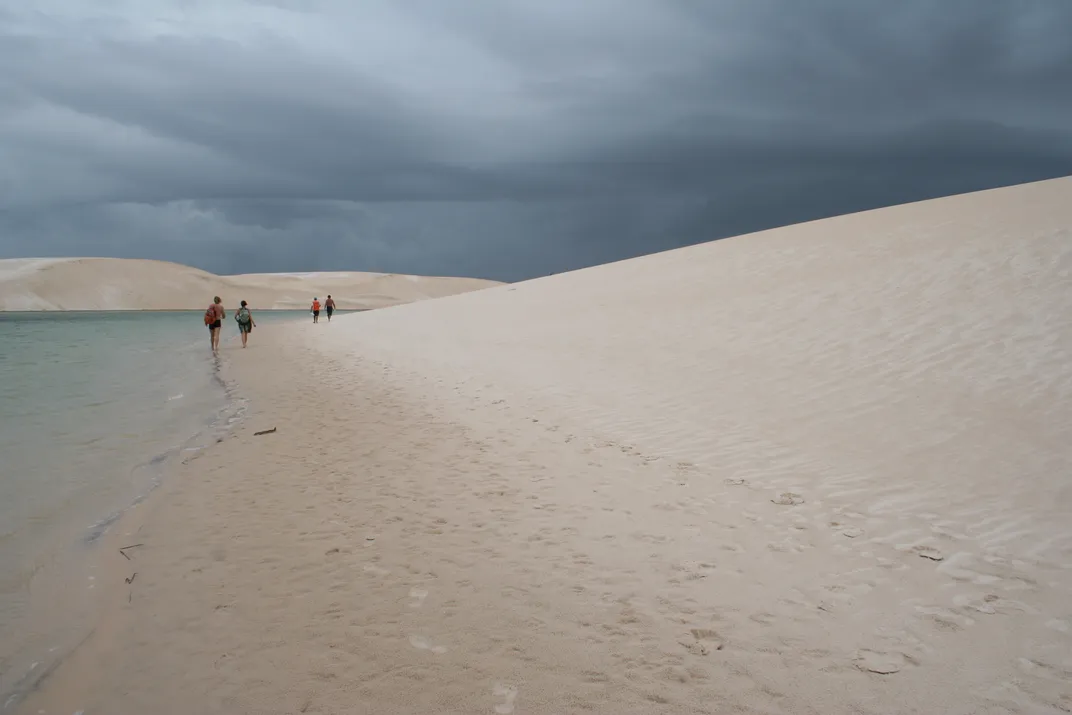
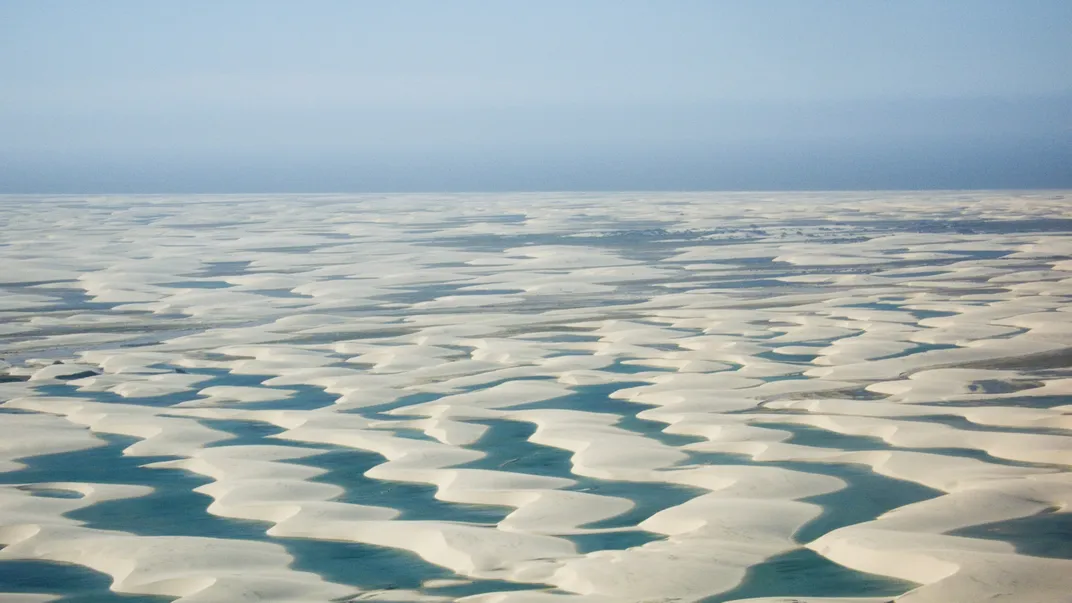
/https://tf-cmsv2-smithsonianmag-media.s3.amazonaws.com/accounts/headshot/natasha-geiling-240.jpg)